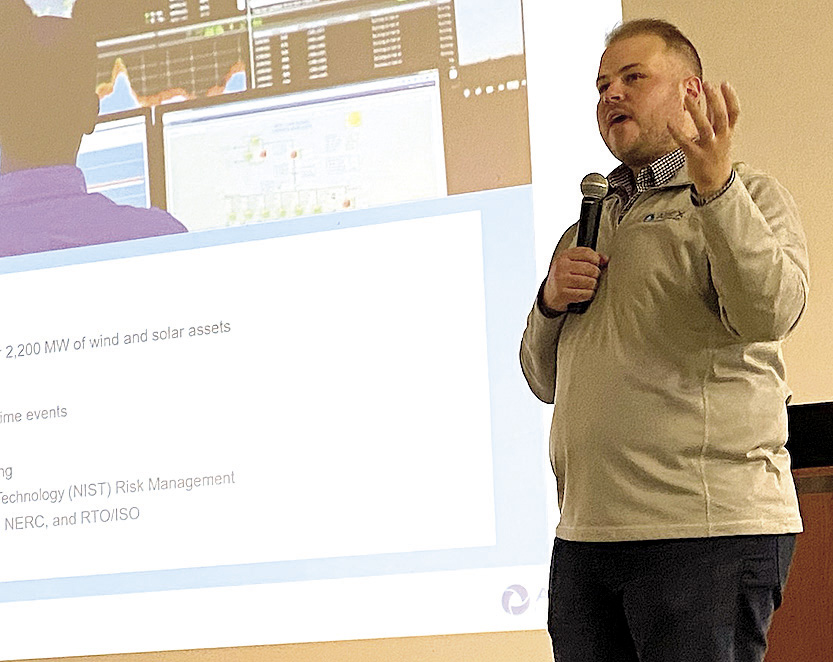
By Per Peterson
More than 100 landowners and potential stakeholders gathered at The Caboose in Tracy last Tuesday for a meal and, more importantly, much-needed information pertaining to the proposed Box Car Wind wind farm between Tracy and Balaton.
The meeting — a sales pitch of sorts to local landowners — was as much about what the company behind the wind farm has given back to the community than it was about facts, figures and projections.
“This is an exciting process,” said Sean Stocker, director of development for Charlottesville, VA-based Apex Clean Energy, the umbrella company of Box Car Wind. “These are communities that understand wind enough that they see that there’s value in doing something with the wind that blows out here.”
Stocker manages seven states for Apex and says this project is likely the most favorable project in the works, judging by community acceptance.
“It’s a generational opportunity for these families,” he said. “These are long-term leases for energy production.”
The catalyst for the Box Car Wind project is Xcel Energy’s drive to go carbon-free by the year 2050. Box Car Wind would use Xcel’s transmission lines. Xcel currently maintains more than 20,000 miles of transmission lines and more than 1,200 substations in 10 states.
“This area — this is kind of a hole in the wind industry,” said Stocker. “The Buffalo Ridge and others got built because of transmission and this area missed out. Now there are opportunities here because Xcel announced they were coming here with a transmission line.”
The Box Car Wind farm, which would be located in southern Lyon County and northern Murray county, would produce a capacity of at least 400 megawatts of power through anywhere between 65-120 wind turbines. The projected economic impact of the wind farm would be more than $44 million over the first 10 years in estimated local landowner and community participant payments. Also, the project would result in anywhere from 200-300 jobs, including 12 or more local full-time jobs for operations and maintenance, and just under $2 million per year in estimated wind production tax.
See this week’s Headlight Herald for more on this article.
